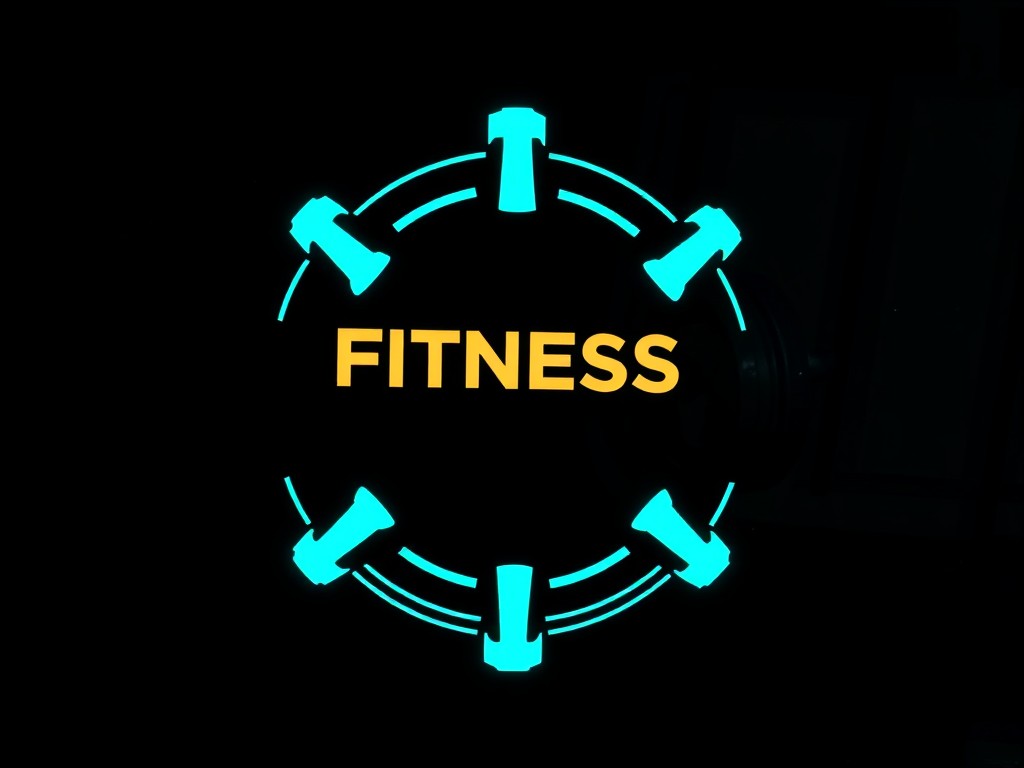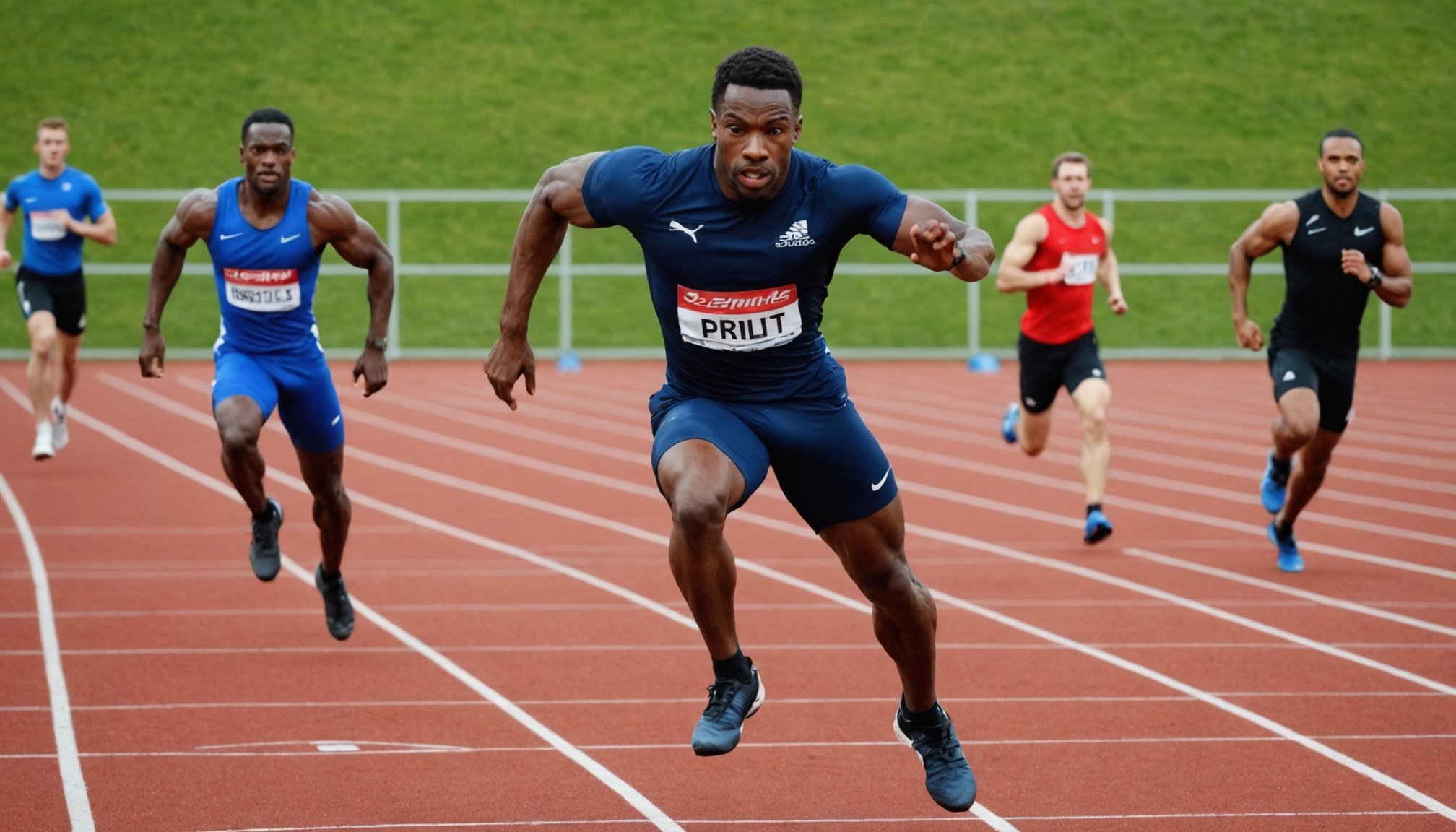In the world of athletic training, one cannot underestimate the importance of agility and power, especially for sprinters. Plyometric drills serve as a catalyst for enhancing these attributes. Plyometrics, often referred to as "jump training," involves various exercises that force muscles to exert maximum force in short intervals of time, with the goal of increasing power. This practice is widely adopted by sprinters to uplift their performance. So let’s dive into the specifics of the plyometric drills that have been influential in boosting agility and power in sprinters.
Depth Jumps
The depth jump is a common plyometric exercise that is considered highly effective for sprinters. It involves stepping off a box, responding to the ground contact with a powerful leap upwards, and overcoming the force of gravity.
Also read : How can progressive overload principles be applied to maximize bicep growth specifically?
The approach of this plyometric drill is simple. Stand on a box or a raised platform, step off (not jump), react upon landing by jumping as high as possible, and land softly on the mid-foot, transitioning into the forefoot. This exercise is renowned for its impact on the elasticity of the leg muscles, which is a potent factor in sprinting. It trains your reflexes to respond with power and speed, which can significantly improve your sprinting performance.
Depth jumps, when performed correctly, can enhance your reaction time and overall speed. It’s like your muscles are learning to act as springs, absorbing the shock of landing and rapidly turning that force into a propulsive power for the subsequent jump. This ability is crucial for sprinters, as every stride they take involves a similar process of absorbing force and converting it into forward momentum.
Also to see : What dietary strategies should be followed for reducing fat while maintaining muscle mass?
Box Drills
The next plyometric drill that has proven beneficial for sprinters is the box drill. This drill encompasses squat box jumps and lateral box jumps, both of which are excellent exercises for improving explosive power and lateral agility.
Squat box jumps start with a powerful squat, followed by a leap onto the box and then stepping back down. The lateral box jump is similar but involves jumping sideways onto the box. These drills elicit benefits not only in the vertical direction but also in the horizontal and lateral movements, which are crucial for sprinters.
Box drills are a fantastic way to improve your speed, power, and agility. They demand a significant amount of power and force to execute, which helps to develop fast-twitch muscle fibers. These fibers are the primary contributors to explosive actions, such as sprinting. Additionally, these drills foster better hip and knee flexion and promote a stronger drive phase, both paramount for sprinting.
Hurdle Jumps
Hurdle jumps are another plyometric staple for sprinters. As the name suggests, this drill involves jumping over hurdles, which helps to improve stride mechanics, hip flexibility, and explosive power.
To execute hurdle jumps, set up several hurdles (start with a low height and increase as your power improves) in a row and jump over each of them, focusing on minimizing ground contact time and maximizing jump height. This drill reinforces strong, explosive movements and develops better hip-knee coordination, which is fundamental for sprinters.
The real beauty of hurdle jumps lies in their ability to simulate the sprinting action more realistically. They incorporate a forward motion component, making them an ideal plyometric exercise for sprinters. They help to instill a quicker response time and improve lower body power, both of which are essential for a sprinter’s performance.
Power Skipping
Power skipping is a plyometric drill that might appear childlike in its simplicity, but it’s a potent tool for sprinters to enhance their agility and power. It involves a high skipping motion, with a focus on maximal vertical height and minimal contact time on the ground.
This exercise combines the benefits of traditional skipping with a focus on power generation. It can enhance your vertical force production, improve your stride frequency, and build higher knee lift —all essential elements for better sprinting.
Power skipping acts as a dual tool, functioning as a mobility exercise and a plyometric drill. Thus, it can help sprinters improve their running mechanics while also boosting their power and speed.
Bounds
The final plyometric drill we’ll discuss here is bounding, which involves exaggerated running with long strides and high knee lifts. It’s an excellent exercise for developing power and force production in the lower body, especially in the gluteal and hamstring muscles, which are key for sprinters.
Bounding drills can take many forms, including single-leg bounds, alternate leg bounds, and double-leg bounds. Whichever style you choose, the focus should be on achieving maximum distance with each stride, high knee lift, and minimal ground contact time.
Bounds are a particularly beneficial plyometric drill for sprinters due to their emphasis on horizontal propulsion. They help to develop the powerful hip extension required in the drive phase of the sprint and foster the development of stride length and frequency.
By incorporating the plyometric drills of depth jumps, box drills, hurdle jumps, power skipping, and bounds into your training regimen, you can enhance your agility and power as a sprinter. Remember, the key to plyometric training is quality over quantity, so focus on executing the drills with precision and power for maximum benefits.
Medicine Ball Throws
Medicine ball throws are an excellent addition to any plyometric training routine for sprinters. This plyometric exercise is crucial for developing both upper and lower body strength, in addition to improving explosive power and agility.
To perform medicine ball throws, you will need a medicine ball of suitable weight. Stand with your feet hip-width apart and hold the medicine ball at chest height. Using a quick, explosive movement, throw the ball upwards or forwards as far as possible.
This exercise primarily targets your core and upper body, but it also demands a great deal of lower body strength and stability. It requires your muscles to work together, enhancing your overall coordination and power. The quick, explosive motion required to throw the medicine ball mimics the fast-twitch muscle fiber activation you need for sprinting, making it an effective training tool.
Medicine ball throws also improve your ability to change direction quickly, which is critical for sprinters. It also enhances your hand-eye coordination, agility, and reaction time.
With regular practice, medicine ball throws can help to improve your strength conditioning, add power to your stride, and boost your overall sprint performance.
Plyometric Push-Ups
While many plyometric exercises focus predominantly on lower body power and agility, plyometric push-ups are an excellent upper body exercise that can benefit sprinters. Upper body strength and power are crucial in sprinting, as they contribute to maintaining balance and rhythm.
To perform a plyometric push-up, start in a standard push-up position. Lower your body to the ground, then explode upwards, pushing your body off the ground. Land with a soft elbow and immediately lower back into the push-up position.
Plyometric push-ups are a high-intensity exercise that emphasizes speed, power, and strength. They engage your chest, triceps, shoulders, and core, which helps to improve upper body power and strength cond.
Including plyometric push-ups in your training regimen can improve your speed agility and upper body strength, contributing to a stronger, more powerful sprinting performance.
In conclusion, sprinters can significantly benefit from the inclusion of plyometric drills in their training routine. Exercises such as depth jumps, box drills, hurdle jumps, power skipping, bounds, medicine ball throws, and plyometric push-ups can enhance agility and power in sprinters.
These drills work by challenging the body to exert maximum force in minimal time, consequently stimulating the development of fast-twitch muscle fibers. These fibers play a crucial role in explosive activities such as sprinting.
While plyometric training might be physically demanding, the benefits it brings to sprint performance are indisputable. By focusing on precision and power in performing these drills, you can improve your agility, increase your reaction time, enhance your overall speed, and boost your athletic performance in sprinting.
Remember, plyometric training is an intense form of exercise that should be approached with caution. Always ensure that you are performing these exercises with correct form to minimize the risk of injury. Furthermore, adequate rest and recovery are vital for making the most of your plyometric training, so ensure you’re taking care of your body outside of your training sessions as well.
Incorporate these plyometric drills into your routine and see the difference it can make in your sprinting performance. Happy training!











